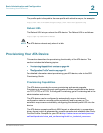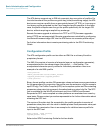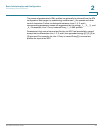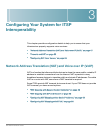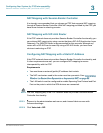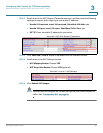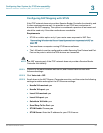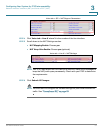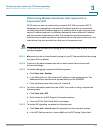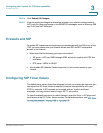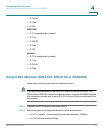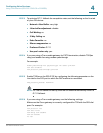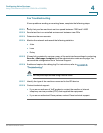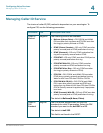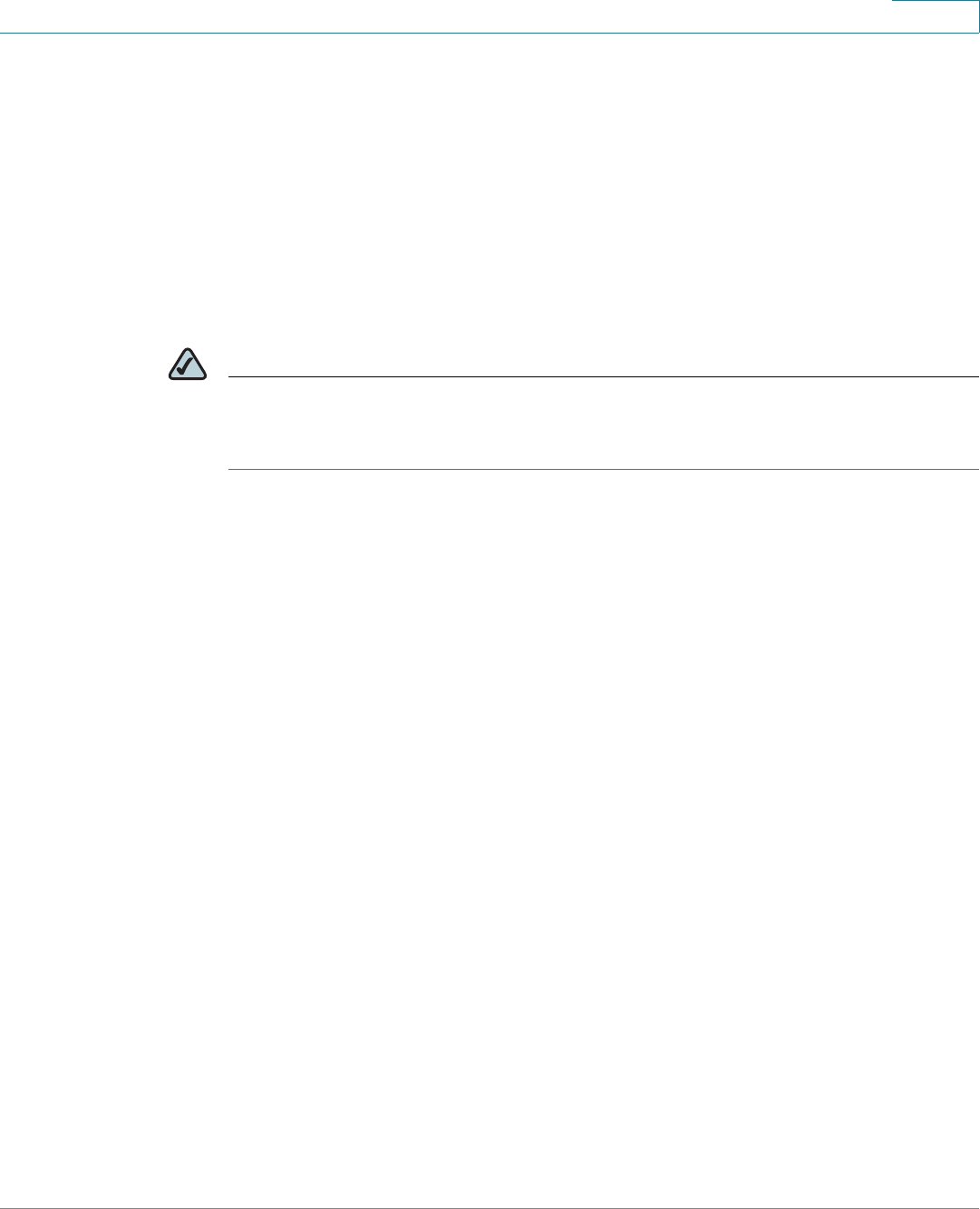
Configuring Your System for ITSP Interoperability
Network Address Translation (NAT) and Voice over IP (VoIP)
ATA Administration Guide 52
3
Determining Whether the Router Uses Symmetric or
Asymmetric NAT
STUN does not work on routers with symmetric NAT. With symmetric NAT, IP
addresses are mapped from one internal IP address and port to one external,
routable destination IP address and port. If another packet is sent from the same
source IP address and port to a different destination, then a different IP address
and port number combination is used. This method is restrictive because an
external host can send a packet to a particular port on the internal host only if the
internal host first sent a packet from that port to the external host.
NOTE This procedure assumes that a syslog server is configured and is ready to receive
syslog messages.
STEP 1 Make sure you do not have firewall running on your PC that could block the syslog
port (port 514 by default).
STEP 2 Connect to the administration web server, and choose Admin access with
Advanced settings.
STEP 3 To enable debugging, complete the following tasks:
a. Click Voice tab > System.
b. In the Debug Server field, enter the IP address of your syslog server. This
address and port number must be reachable from the SPA9000.
c. From the Debug level drop-down list, choose 3.
STEP 4 To collect information about the type of NAT your router is using, complete the
following tasks:
a. Click Voice tab > SIP.
b. Scroll down to the NAT Support Parameters section.
c. From the STUN Test Enable field, choose yes.
STEP 5 To enable SIP signalling, complete the following task:
a. Click Voice tab > Line
N
, where N represents the line interface number.
b. In the SIP Settings section, choose full from the SIP Debug Option field.



